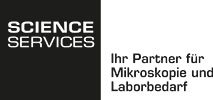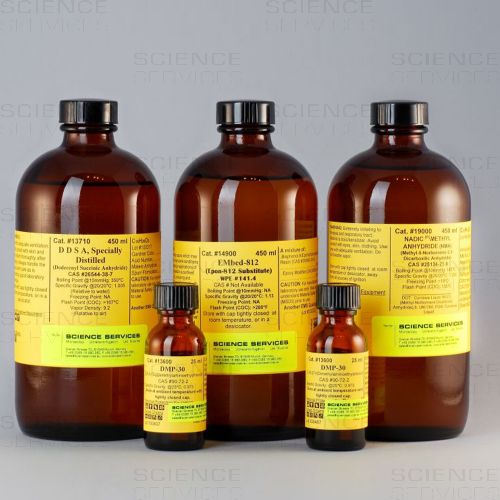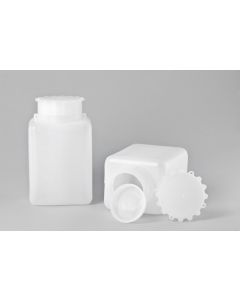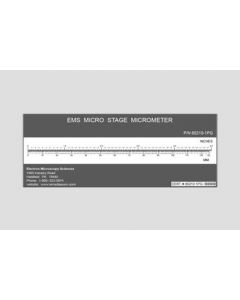EMbed-812 Kit
Produktdetails
Beschreibung
EMbed 812 Resin for Microscopy EMbed 812 is our replacement for EPON 812, the most widely used embedding resin for electron mi-croscopy, which was discontinued in 1978. EMbed 812 provides the same excellent preservation and cutting qualities as EPON 812, and may be substituted in all similar formulations.
Luft (1961) established EPON 812 as a reliable embedding medium, excellent both for plant and animal tissue. The same advantages offered by EPON 812, are offered by EMbed 812: rapid penetra-tion, greater contrast, easy sectioning, stability under the electron beam, satisfactory staining of most thick sections for light microscopy and thin sections for electron microscopy.
Recommended Procedure
Fixation: Tissues can be fixed in a wide range of fixatives. One of the more commonly used fixatives is an alde-hyde (i.e.: glutaraldehyde) followed by osmium tetroxide.
Dehydration: There are many different dehydration schedules that can be followed. A typical one is as follows:
70% Ethanol for 10 minutes
100% Ethanol for 10 minutes
100% Ethanol for 15 minutes
100% Propylene Oxide for 15 minutes
100% Propylene Oxide for 15 minutes
Note: Longer times may be required for some samples.
Mixing Instructions:
| Small Amount | Medium Amount | Large Amount | |
| Mixture A: | |||
| EMbed 812 |
5ml |
20ml | 62ml |
| DDSA | 8ml | 31ml | 100ml |
| Mixture B: | |||
| EMbed 812 | 8ml | 20ml | 100ml |
| NMA | 7ml | 17ml | 90ml |
Final Embedding Mixture:
| Small Amount | Medium Amount | Large Amount | |
| Mixture A | 13ml | 51ml | 162ml |
| Mixture B | 15ml | 37m | 190ml |
| DMP-30* | 0.42-0.56ml | 1.3-1.7ml | 5.3-7.0ml |
*For better penetration and stability BDMA is recommended in place of the DMP-30. The quantity of BDMA which is required is 2.5-3% while DMP-30 is 1.5-2%.
It is much simpler when mixing EMbed 812 to use a one-step single mix formula. The following formu-lations may be used depending on the desired hardness of the block:
| Soft | Medium | Hard | |
| EMbed 812 | 20ml | 20ml | 20ml |
| DDSA | 22ml | 16ml | 9ml |
| NMA | 5 ml | 8 ml | 12 ml |
| DMP-30 | .70-.94ml or 1.18-1.4ml (BDMA) |
.66-.88ml or 1.1-1.3ml (BDMA) |
.62-.82ml or 1.0-1.2ml (BDMA) |
Slight variations of the accelerator (DMP-30 or BDMA) will drastically affect the color and brittleness of the block.
Prior to measuring and mixing the resin and the anhydride should be warmed (60°C) to reduce their viscosity. Immediately before use, the two mixtures (A&B) are blended, and the accelerator added in the above mentioned proportion. Thorough mixing is imperative to be able to achieve uniform blocks.
While preparing EMbed 812, the hardness of the block can be varied to suit various sectioning condi-tions depending on the ratio of mixture A and mixture B in the final embedding mixture. An increase in the proportion of mixture B will make the block harder. A mixture of 1:1 has proven most successful for general use. All components of the kit should be kept at room temperature in tight stoppered bottles.
Although the mixture can be stored for up to 6 months at 4°C it is highly recommended that freshly prepared embedding medium always be used. If you choose to store the mixture you should warm it thoroughly prior to adding the accelerator.
Infiltration: It is recommended that for all of the infiltration steps a specimen rotator be used.
- Drain the tissue of most of the propylene oxide, leaving a little so the tissue does not dry out.
- Replace the solvent with a 1:1 solution of propylene oxide:embedding medium and allow it to stand for at least 1 hour at room temperature.
- A second change of 2:1 embedding medium to propylene oxide at room temperature overnight is recommended.
- Remove the mixture, replace it with 100% embedding medium and leave for 30 minutes-2 hours at room temperature.
Embedding: This may be done in EMS embedding capsules (EMS Catalog #70020) or a flat embedding mold (EMS Catalog #70900).
Transfer each sample to a dry capsule or mold and fill the mold with embedding medium. Cure the medium in an oven at 60°C for 24 hours.
Blocks can be trimmed and sectioned after the blocks return to room temperature.
Reference: Luft, J.H.(1961), J. Biophys. Biochem. Cytol. 9, 409.
Weitere Informationen
| Anwendung |
Einbettung
|
|---|---|
| Basis |
Epoxy
|
| Gebotszeichen |
Augenschutz benutzen

Handschutz benutzen

|
| Signalwort |
Gefahr
|
| Symbol GHS |
GHS02
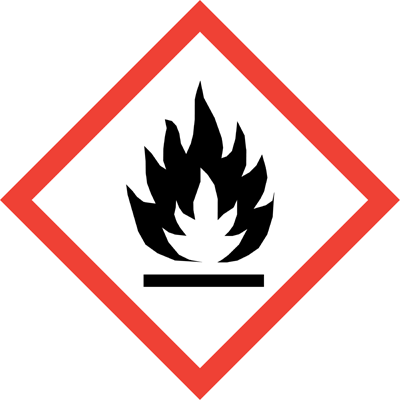
GHS05
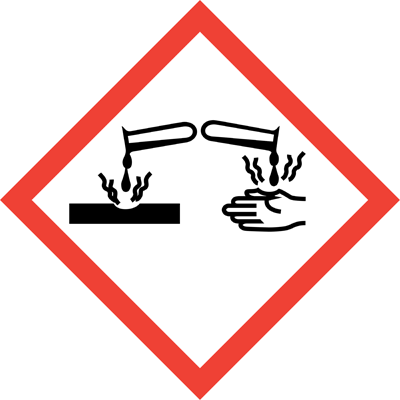
GHS07

GHS08
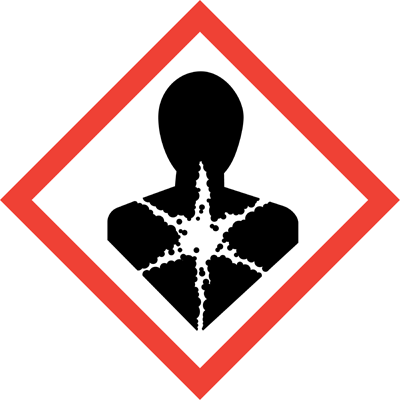
GHS09
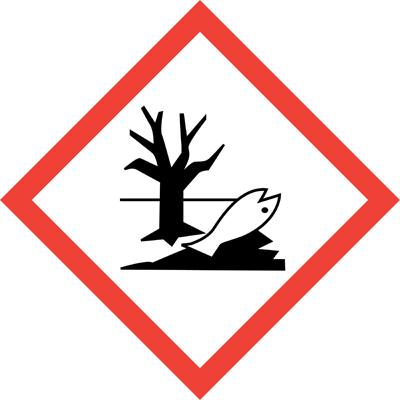
|
| Gefahrenhinweise |
H226
H302
H302_H312_H332
H314
H315
H317
H319
H334
H335
H411
H412
|
| Sicherheitshinweise |
P273
P280
P310
P321
P330
P362
P301_312
P303_361_353
P304_340
P305_351_338
P332_313
P333_313
P405
P501
|
| Bestandteile | 450ml EMbed-812, 450ml DDSA, 450ml NMA, 50ml DMP-30 / BDMA |
| Verpackungseinheit | kit |
| Versandklasse |
Gefahrgut LQ
|
| Lagertemperatur |
RT
|
| Arbeitsbereich |
Elektronenmikroskopie
|
| Hersteller |
EMS
|
| SDB (mehrsprachig) | 14900, 13710 |
| SDB (mehrsprachig) | 19000, 13600 |
| SDB (mehrsprachig) | 11400 |
